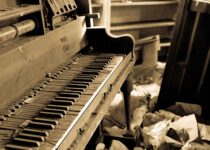How much does a piano cost? A low-end upright piano usually costs about $3000, but a high-end upright piano could cost more than $20,000. It is possible to find a low-end grand piano for $7,000 but some grand pianos, such as a Steinway, could cost close to $200,000.
If you love playing the piano, you need to find the right one for you, at the right price tag. We have done a significant amount of research to figure out how much pianos cost. That way, when you’re buying a piano you can make the best possible decision for yourself and your instrument.
No matter if you’re looking for an upright piano or a grand piano, there are various factors that play a role in how much a piano might cost. We will go through the materials, the brand, the labor, the type of piano, and the current market. That way, you understand why one piano costs more than the other. Then, we will go through a few common questions people have when buying a piano.
Post Contents
Understanding the Factors Impacting Piano Price
When shopping for a piano, there are several things that will impact the price range of the instruments you find, whether they are upright pianos or grand pianos. Let’s go through branding first.
Branding Matters
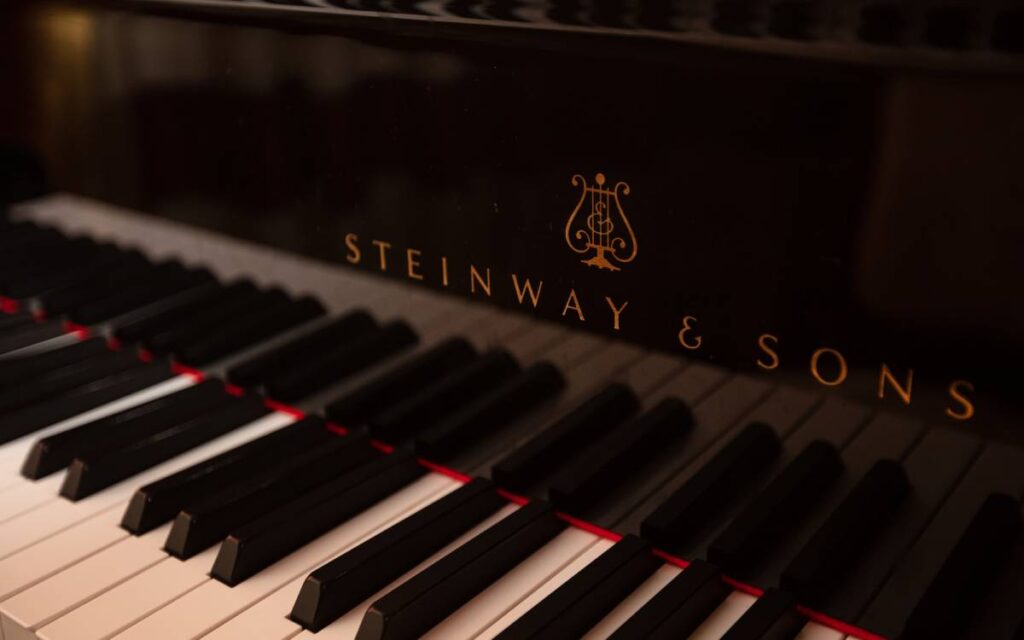
Just as any other product or service, the name on the piano label makes a difference. Some reputations are better than others. There are some brands that are closely associated with quality performance and craftsmanship, which lead to higher prices.
If a piano company is known for making exceptional instruments, then the price will be higher. In contrast, pianos from a piano business with a poor reputation could be tens of thousands of dollars less expensive.
For example, Steinway is widely recognized as a leading manufacturer of grand pianos. You can take a look at a few used Steinway pianos for sale here. Because of the reputation of Steinway, you can see the prices are very expensive.
But you can also find a quality set of keys from many brands, like Baldwin or Kawai or Young Chang, for a lower average cost if you look around. For example, even though Baldwin makes solid instruments, it doesn’t have the same reputation as Steinway. Here is a store with a few used Baldwin grand pianos. You can see the prices here are not nearly as high. Clearly, these pianos are less expensive than Steinway pianos.
Some pianos sound better than others because of the craftsmanship, the materials used, and the overall look and finish. Even though the brand has a significant impact on price, it is possible to find a high-end high-quality instrument from just about any piano maker.
On the other hand, you will have an easier time finding a high-quality instrument from one of the top brands on the market, including Steinway and Yamaha. These companies routinely produce exceptional pianos, and buying even a used Yamaha or Steinway can be a good decision if you want to ensure a better quality instrument.
The Size of the Piano: Upright Pianos versus Grand Pianos
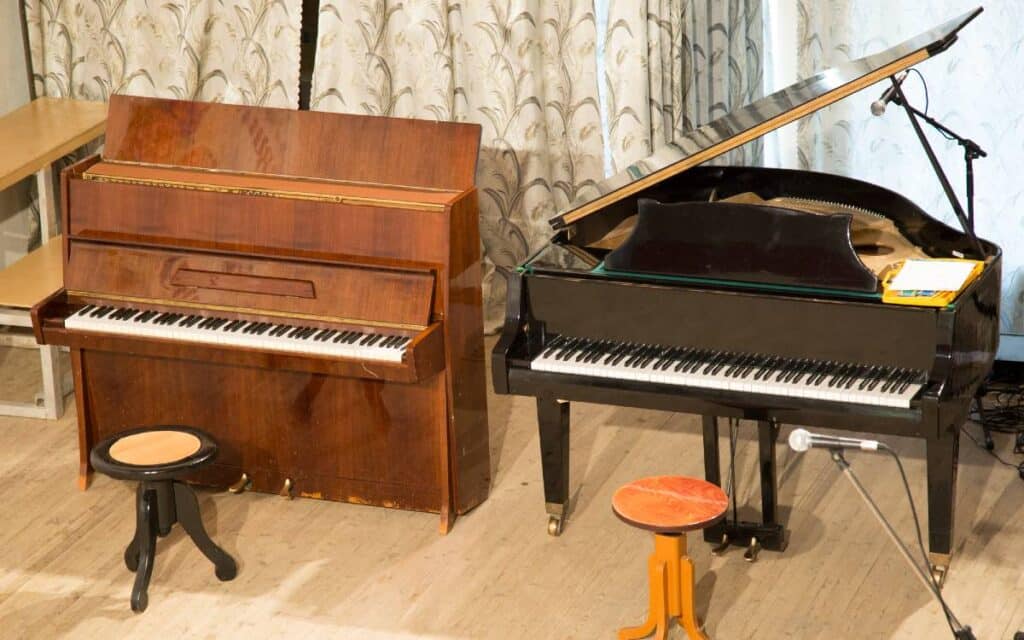
Of course, size will also play a role in how much a piano costs. It should come as no surprise that the larger it is, the more expensive it will be. For example, it is not unusual for a grand piano to cost many times what an upright piano costs.
Even though you might be able to find a quality upright piano for approximately $5,000, you could end up paying $25,000 or more for a grand piano. Looking at the link to Baldwin pianos above, a used upright costs about $3,000; however, their used grand pianos are selling for more than $12,000.
This factor is relatively straightforward. Because concert grand pianos require more materials and labor, they are going to be more expensive. Furthermore, a baby grand piano is usually less expensive than a concert grand piano because of the same reasons.
If you purchase a larger model, all of the parts make a scale up to ensure it sounds beautiful. This means that it requires larger hammers, strings, and soundboards. If you simply take the parts of an upright and place them in a grand piano, the parts will not function correctly. The sound will be off.
Keep in mind that there are different sizes within the same class. Some upright pianos are 45 inches while other upright pianos are 52 inches. Some grand pianos are 63 inches while other grand pianos are 79 inches.
All of this will have an impact on piano cost; however, there are other factors that will play a role as well.
The Materials and Parts of an Upright Piano or Grand Piano
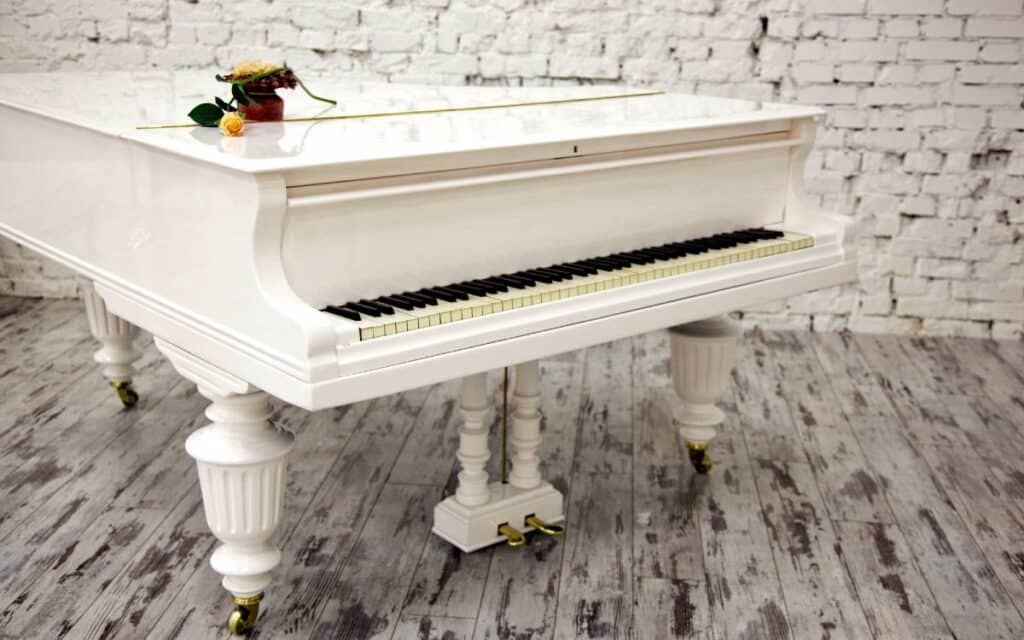
Even though the size of the materials might be different, the vast majority of acoustic pianos are built using the same parts. This includes hardwoods, softwoods, fabric, felt, metal, and more. All of these materials can fluctuate significantly and cost. Upright pianos use fewer materials, which is why they cost less.
Every piano maker selects his or her materials carefully before building an instrument. Piano makers with a better reputation, such as Steinway and Yamaha, have a particularly lengthy selection process for the materials they use. Specifically, the soundboard and rim are particularly important.
For example, piano companies take a close look at the wood to make sure it matches their age and quality expectations. If not, the material is thrown out, and it is not used in the final product.
Sadly, collecting high quality wood can be expensive. The better the wood, the more expensive the material will be. This will be reflected in the final price of the piano as well.
Some of the most common hardwood used in Grand pianos include spruce, ebony, maple, and mahogany.
After the wood has been selected, it needs to be dried and seasoned before it can be used in the instrument.
Even though the wood is one of the most important parts of the piano, it is far from the only ingredient.
For example, the felt materials used in the hammers can also be expensive. Modern pianos frequently use carbon fiber and plastic that can be expensive as well. One of the heaviest parts of a piano is the cast iron plate. This can also be quite costly.
Of course, the strings are one of the most important parts of the piano. A single set of metal can of trains can cost hundreds of dollars. Depending on the finish of the keys, they can also be extremely expensive, and labor intensive to produce. Some pianos use classic materials, while other pianos might use hybrid keys.
Finally, the finish will also play a significant role. A few examples of piano finishes include satin, polyester, and ebony. Some pianos might stick with a solid wood finish, such as mahogany or cedar. There are even a few examples of pianos made with jewels.
For all of these reasons, take a closer look at the materials used. They will impact not only the quality of the instrument but also the price.
The State of the Piano Market
When asking “how much does a piano cost,” it helps to look at the current market. Similar to other areas, the price of a piano can fluctuate significantly depending on the state of the current market. When there are more people buying a piano, prices are going to rise.
On the other hand, if there are not as many people purchasing pianos, prices will start to drop. Piano stores and makers will try to offload inventory to make room for new instruments, leading to a price decrease. Some instruments might even go on sale from time to time.
The current market impacts used pianos as well. As the prices of new pianos rise, the prices of used pianos will rise as well in an effort to track the current market. The same factors that impact new piano prices impact used piano prices also.
Age and Condition
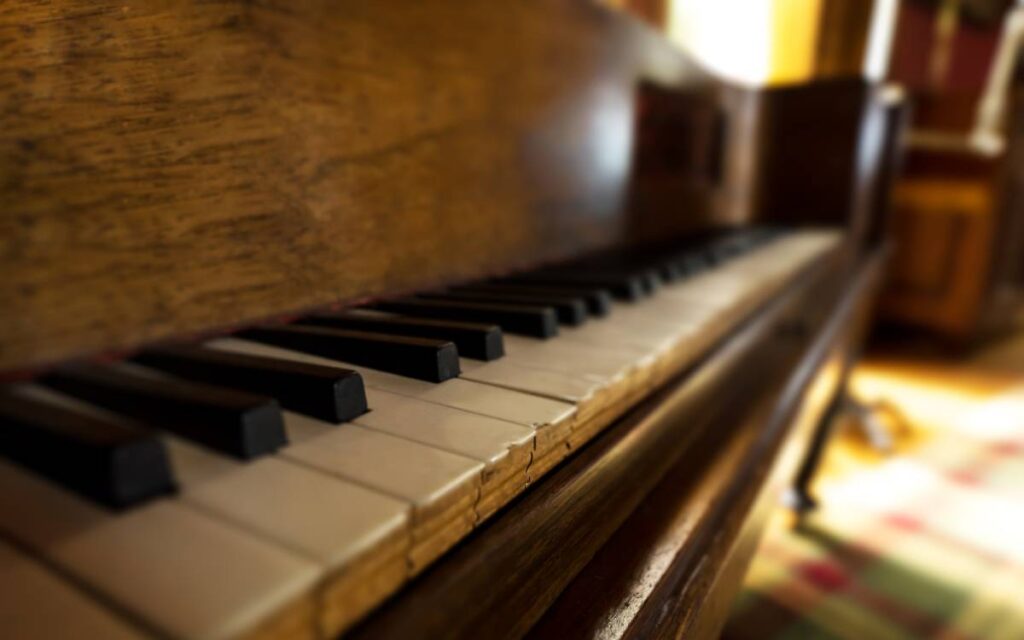
When you look for a piano, you need to pay close attention to the quality of the instrument. In general, the newer the piano is, the more expensive it will be, even compared to one from the same brand. This is because newer pianos should be in perfect condition, and should require less maintenance than used pianos.
In contrast, a used piano can vary widely in terms of its condition. Pianos that have not been taken care of, or that require a lot of repairs, will be significantly less expensive. At the same time, you need to think about how much work you have to do to bring it up to proper playing condition.
As an example, it might be possible for you to find a piano that is in terrible condition for only $1,000. On the other hand, it may not be worth it if you have to do $20,000 in repairs to bring it back up to playing condition.
There is a balance between paying a significant price for a new piano and purchasing a used piano that requires a little bit of work to sound beautiful.
For example, a Steinway that has been used for decades is probably still going to cost significantly more money than a new, similar Baldwin. You need to evaluate each one on its own. That way, you will have a better idea of how much money you should pay.
Make sure you get a full history of the instrument, including any repairs that might have been required, and evaluate it carefully. If it has a long history of frequent repairs, this might mean it is not worth the price.
Are Free Pianos Worth It?
A quick search of Craigslist will reveal that many people are offering old pianos for free, as long as you can pay to move it. Getting a free piano, like a used upright piano or even a grand, can be worth it, as long as it’s in good condition.
If you’re not confident in your ability to determine this, you can always have the piano inspected by a piano technician. However, even if you need to shell out for some replacement parts, you can still come away with a decent instrument for less than a thousand dollars. Considering that a new piano generally costs a few thousand dollars or more, this can be a good deal if you’re careful.
How You Pay for It
Finally, how you decide to pay can also have an impact on final cost. This is similar to purchasing a car or a house. If you are willing to pay upfront, you will probably pay a lower price overall.
On the other hand, if you have to take out financing, or if you don’t put down a very large down payment, you may end up paying significantly more money.
Similar to any other financing loan, there will probably be an interest rate tied to it. It might even be helpful to use a mortgage calculator to figure out how much you will have to pay for a piano every month.
If you decide to work with a private seller, you may be able to save money on the purchase price. For example, you might be able to negotiate a piano loan for zero percent interest if you pay the price in full in six months or a year.
Keep in mind that you also need to think about the warranty being offered. If you buy from a private seller, they may not be able to guarantee a warranty.
On the other hand, purchasing directly from the brand might give you access to a warranty even if you have to pay more money.
You should balance these factors carefully when deciding how you want to pay. In general, it is a good idea to put down a significant amount of money to avoid paying an exorbitant interest rate.
Frequently Asked Questions About Piano Cost

A few common questions people have about purchasing a piano include:
Is an acoustic piano the same as a digital piano?
No, digital pianos are not the same as acoustic pianos. An acoustic piano has strings and hammers, while a digital piano uses electricity to generate its sound.
Digital pianos are also frequently called electric pianos. They might use real piano keys, and have weighted keys to mimic a natural hammer action, but they do not make the same sound.
Digital pianos use recordings of acoustic pianos to produce their sound. So while a digital piano might not have that real, in-the-room sound, it will allow you to play around with different sounds, room effects, and sound stages.
When it comes to answering the question, “how much does a piano cost,” digital pianos tend to be cheaper than acoustic pianos. They are also lighter and easier to transport. These can all be important factors when deciding if a digital piano is right for you.
Are entry level grand pianos the same as baby grand pianos?
There is some overlap, but the two are not identical. The term “baby grand piano” is used to refer to the size of the piano, and they are smaller than concert grands. “Entry level grand piano” refers more to the price point of the grand piano or the materials used.
Many piano brands offer entry level grands as a way to reduce cost, but you can find a good musical instrument at every size, even if you go with an acoustic upright piano. So while baby grand pianos are smaller in size, they aren’t necessarily entry level instruments.
Should I pay the Manufacturer’s Suggested Retail Price for a piano?
Usually shortened to MSRP, this can be expensive. You should try to negotiate for a lower price; however, if you purchase a piano from one of the top brands, you might not have a choice other than paying their asking price.
Even if piano manufacturers do not want to drop their price ranges, you might be able to negotiate free shipping, an extended warranty, or a lower interest rate. These could be ways to save additional money on most pianos.
Should I buy a piano that is 25 years old?
You can find a decent instrument with exceptional sound quality at any age. While the price points may vary significantly based on the age of the piano, even an old piano that has been around for 100 years can sound great if it has been taken care of.
Learn more about the previous owner of the piano. If it has been made using high quality materials and has been taken care of, it might be a great deal.




